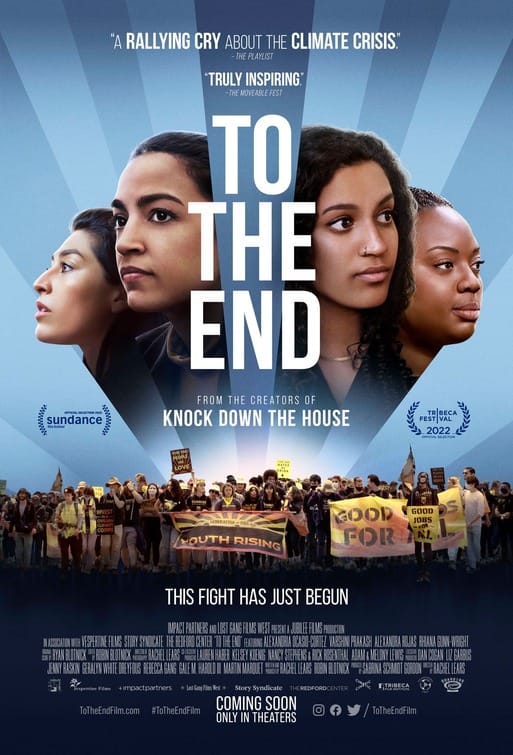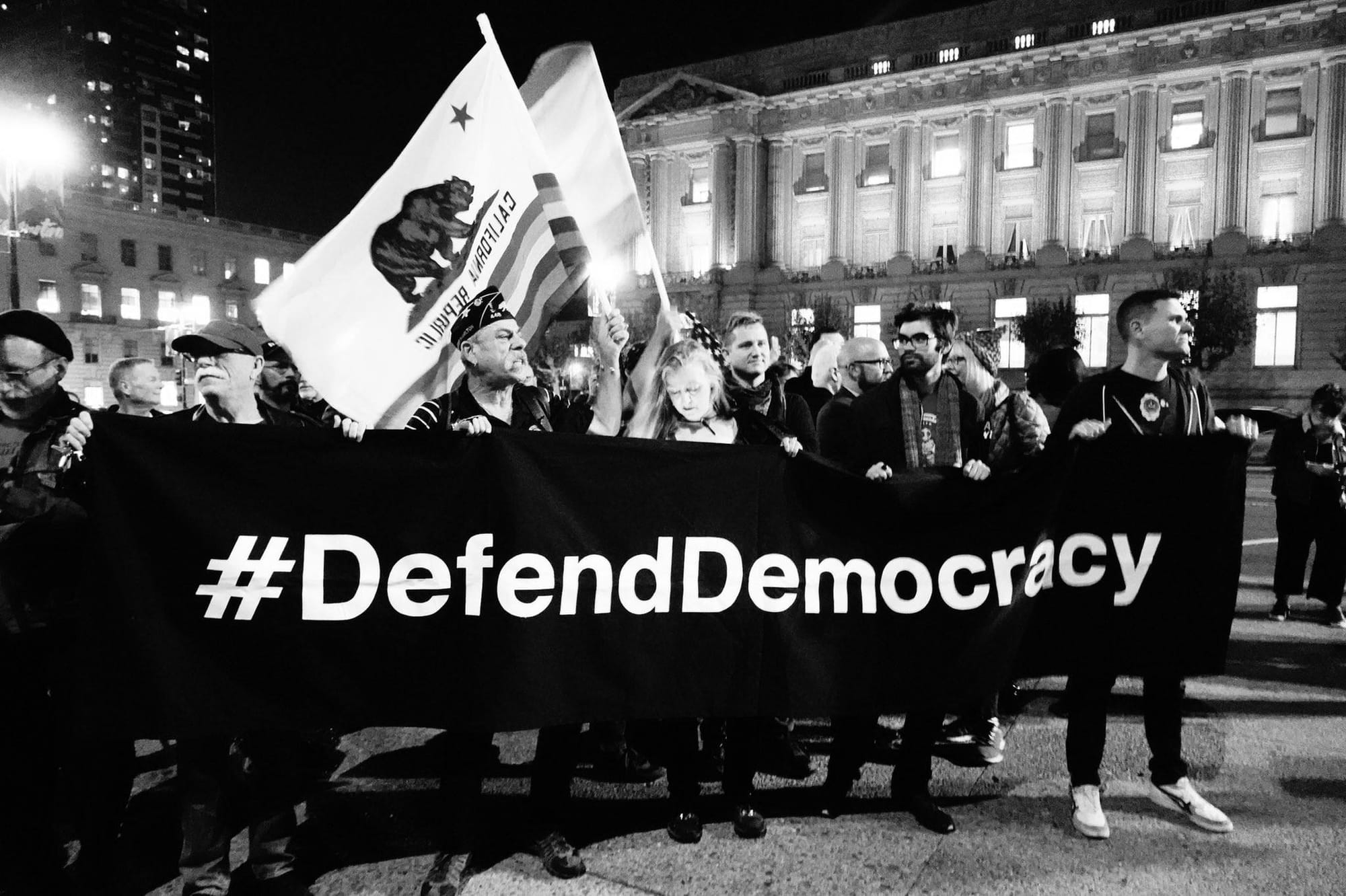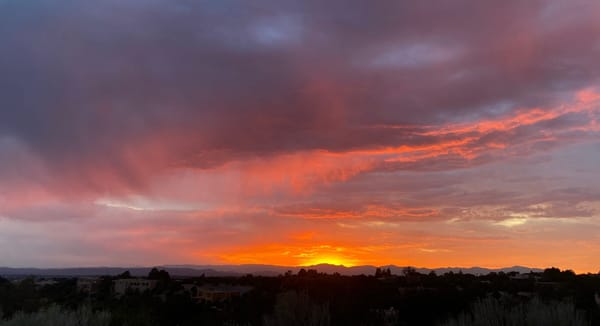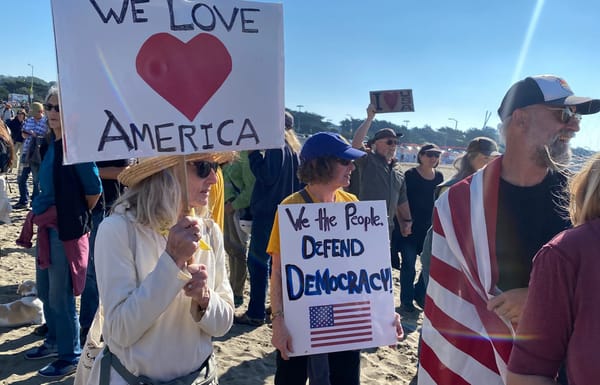No Kings, No Violence: On the Ongoing Misrepresentation of the Left
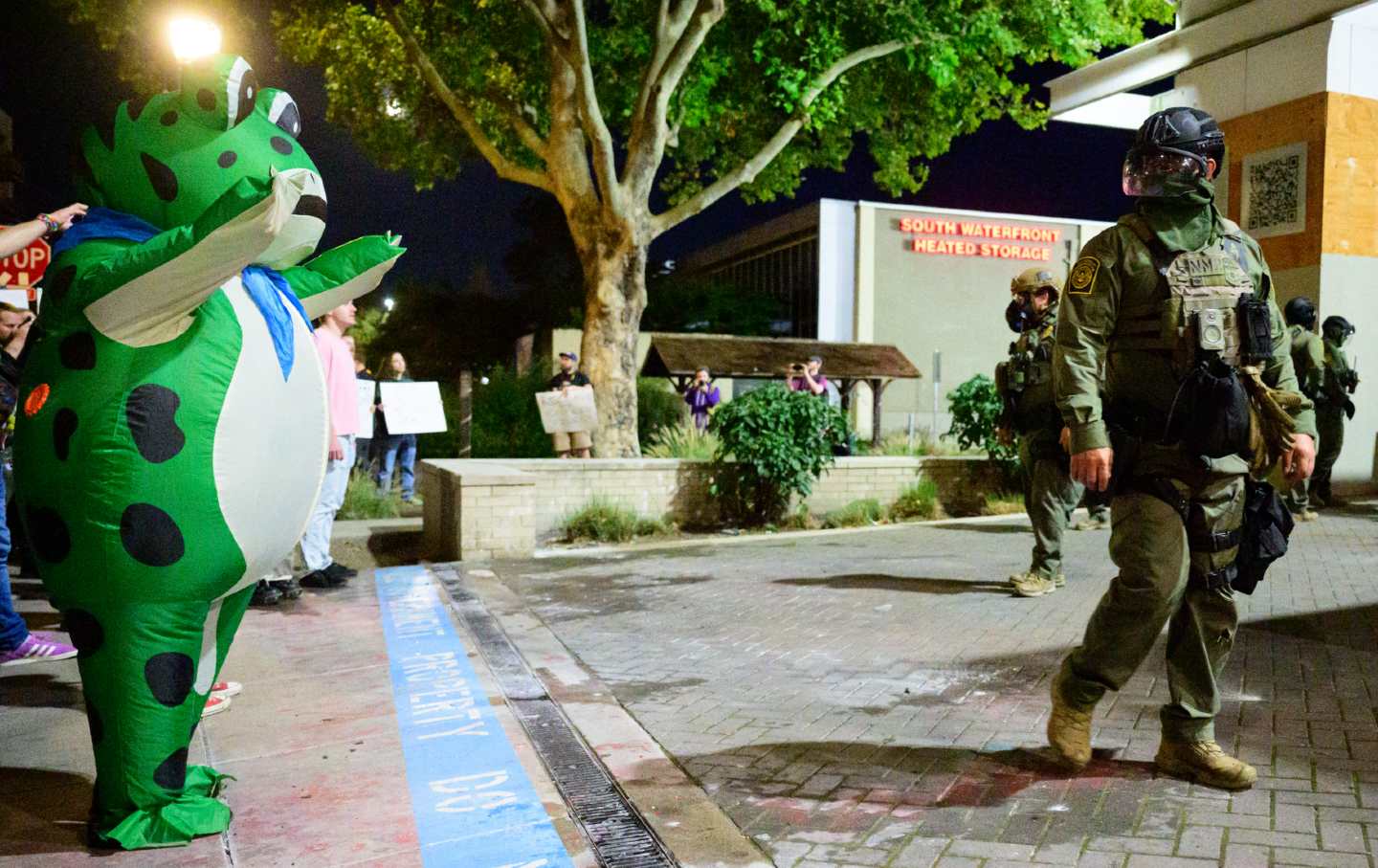
Portlanders deploying inflatable animal costumes, a brass band, mass ukulele renditions of “This Land Is Your Land,” naked bike rides, and other tactics in their ICE protests are undermining the Trump administration’s lurid claims that Portland, Oregon, is a “war-torn” city under siege by a violent left. It’s hard to portray someone dancing in an inflatable frog or chicken costume as a terrorist.
This, of course, hasn’t stopped the Trump administration from officially designating antifa a domestic terrorist organization. Secretary of Homeland Security Kristi Noem even claimed to have arrested in Portland “one of the girlfriends of one of the founders of Antifa,” which has never been a real organization, just a nickname for antifascists. Girlfriend of founder of imaginary group is, well, a very Kristi Noem category. But the right has been claiming the left is violent even longer than it’s been hallucinating about antifa. And because these claims are often used to justify crackdowns and suppression of First Amendment rights, they’re worth unpacking, especially as we head into the huge #NoKings demonstrations on Saturday.
An authoritarian is nothing without an enemy to justify his brutality, and imaginary or grossly exaggerated ones are often resorted to, or an already-marginalized minority is portrayed as a malevolent threat; under Trump both immigrants and the left and anyone standing up against ICE have been portrayed that way. Authoritarians routinely hype the peril we're in if the enemy is not quashed, and of course that quashing customarily and conveniently requires a suspension of laws, a violation of rights, a seizure of power, or all of the above. Right now it's being used to justify turning ICE into an ultra-violent, unaccountable army invading American cities.
Some pundits and scholars are getting on board with the idea that there's a surge in left-wing violence, which of course raises the question of what the left is, what counts as violence, whether whole political affiliations are responsible for the acts of individuals, and why the massive surge of right-wing violence over the past decade has been so normalized. A recent report by the Center for Strategic and International Studies on "left-wing terrorism" begins, "In recent years, the United States has seen an increase in the number of left-wing terrorism attacks and plots, although such violence has risen from very low levels and remains much lower than historical levels of violence carried out by right-wing and jihadist attackers. So far, 2025 marks the first time in more than 30 years that left-wing terrorist attacks outnumber those from the violent far right." You have to scroll way down the report to find that the increase in left-wing terror attacks amounts to five incidents in 2025, some of them questionably from the left. Five.
"The sudden decline in right-wing terrorism is both more striking and harder to explain," says this report, but I think it's easy to explain: for the far right, the Trump Administration is both their victory and their proxy when it comes to terrorizing and attacking their enemies. For example, the Trump Administration secured the overturning of Roe vs. Wade, and Republican state governments are now persecuting abortion providers, and women across the red states have largely lost access to reproductive care. The Trump Administration is the far right and is committing thousands upon thousands of acts of terrorism against immigrants (and people who look like immigrants) domestically, taking rights away from trans youth, and promoting white supremacy, as well as blowing up civilians in ships in the southern Caribbean in violation of international law. The threat is coming from inside the (White) House, but the report doesn't include state terrorism.
Amusingly, Deputy White House press secretary Abigail Jackson tweeted a screenshot of a chart from this CSIS report in which it's obvious that over the years, there has been far more right-wing terrorism. Nevertheless, the Atlantic saw fit to let one author of the study co-write a spinoff piece titled, "Left-Wing Terrorism Is on the Rise" that pumps up the idea that we should be worried and this is significant. One of the incidents labeled as terrorism was led by a former Marine Corps reservist in Texas; another was the assassination of Charlie Kirk by (allegedly) Tyler Robinson. Robinson, 22, was brought up by a Republican and Mormon law-enforcement family who taught him marksmanship; he is supposed to have used a gun that belonged to his grandfather.
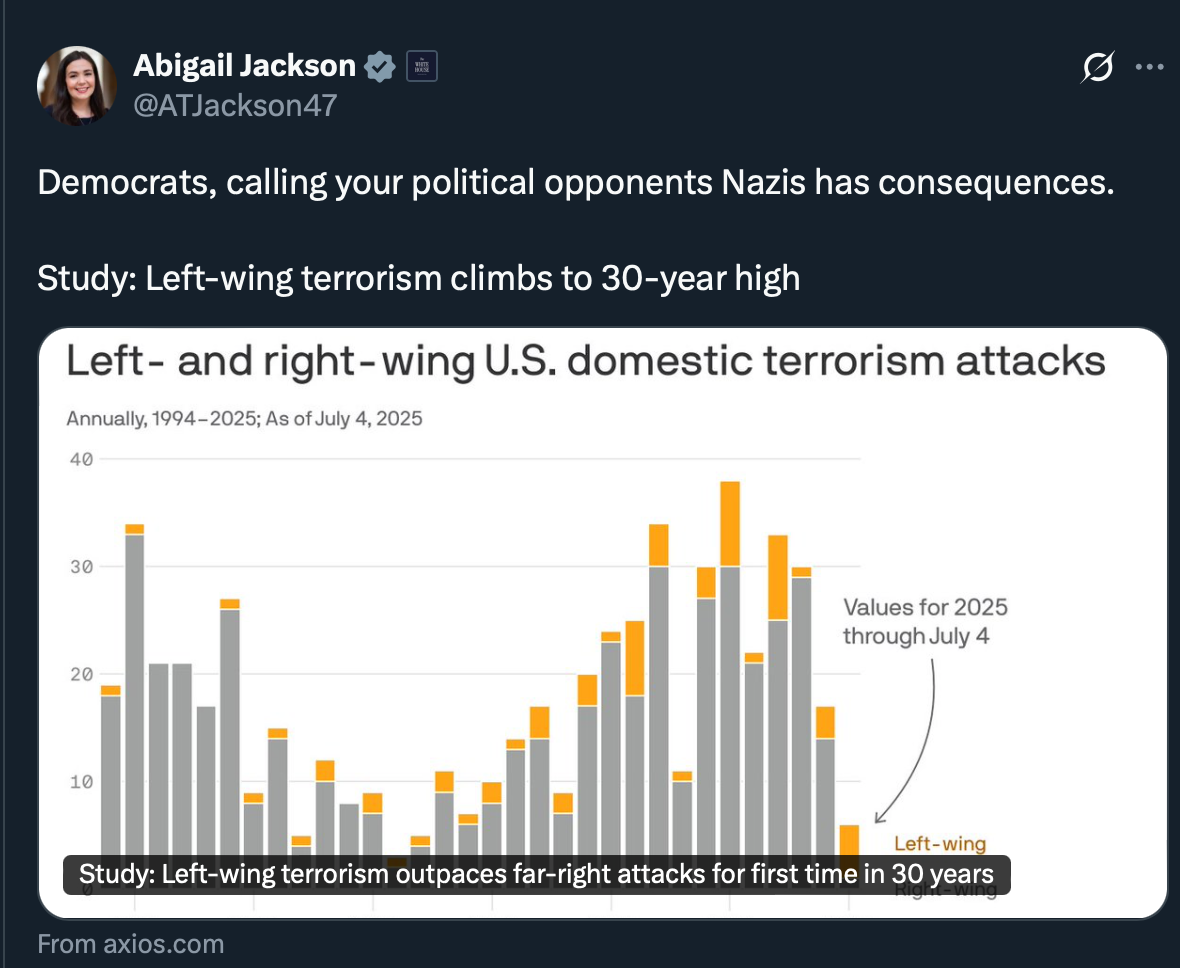
Whether either of these figures belongs to the left is arguable; Robinson is apparently described as left solely for loathing Kirk and allegedly having a trans lover. Luigi Mangione, who is charged with murdering a healthcare executive in late 2024 (like Robinson, he's still awaiting trial), is likewise described in the article as left-wing. A friend of Mangione's told a journalist that Mangione was "left-wing on some things and right-wing on others. For instance, he was pro-equality of opportunity, but anti-woke: for example anti-DEI (and) anti-identity politics."
Yet another figure described as left in the study is Cody Balmer, the army veteran who last April broke into the Pennsylvania governor's mansion and set it afire while Governor Josh Shapiro and his family slept. Although he said he was angry about Gaza, antisemitism may have also played a role in deciding to try to burn alive a US Jewish family for Israeli crimes. But Balmer also had "bipolar disorder and schizophrenia," according to his mother, who had sought help for him just before the attack, and a history of domestic violence.
As someone who mostly writes about violence in the context of violence against women, I find that the most overlooked aspect of violence is its entitlement, the idea that the perpetrator has the right to harm and even take a life. Such arrogance is at odds with many left-wing ideas about human rights, equality, and justice. A lot of the left is against the death penalty not only because it's unequally applied but because it's homicide. Arguably, violence itself is a political position that fits in better with ideals of inequality, including male dominance and machismo, militarism, and authoritarianism.
The military and law enforcement train many of their recruits to shoot to kill, and its members often lean right, while the ranks of the left include Buddhists, Quakers, gun-control, and antiwar activists, as well as anti-death-penalty activists. Anand Giridharadas wrote in the aftermath of Kirk's murder, "Democracy is, in the beginning and in the end, a belief that we can live together despite difference and choose the future together. It is a beautifully reckless idea, because it is hard enough for a family to decide what to have for dinner. But it works; in fact, it works better than all the other systems. It is built on the idea that the way to change the world around you is to try to change others’ minds." If you wholeheartedly believe that, you don't believe in violence as a legitimate political tool in civilian life.
For decades, the anti-abortion movement stoked lethal violence, which led to murders, mostly of doctors and other employees at facilities that provide reproductive care, as well as harassment of women seeking services. In June, a far-right anti-abortion advocate assassinated former Minnesota House Speaker Melissa Hortman and her husband and shot State Senator John Hoffman and his wife, who survived. A list of Democratic politicians found in his car suggests he intended to kill far more, but he was apprehended and awaits trial. (This is the one incident chalked up to the right in the CSIS report's tally of right-vs-left terrorism in the first half of 2025.)
Since accusations of left-wing violence often proceed without defining what the left is, I'll say in this context it seems to mean anyone who cares about the environment, economic justice, and human rights (including for women, immigrants, LGBTQ and BIPOC peoples) and opposes the Trump Administration. That is a category that includes a lot of Democrats in public office, as well as a lot of people who participate in protests, give money to Planned Parenthood and the ACLU, and a handful of extremists. It's a big tent, a broad spectrum of beliefs and commitments, and tens of millions of people, maybe even everyone left of center in this country.
Of course categories are leaky; there are small groups on the far end of this liberal-progressive-left spectrum who advocate or carry out violence domestically or support authoritarian regimes abroad (as is often noted, the political views of some members of the far right and far left overlap, and those categories are imperfect containers of all the people and positions out there). Some newcomers to movements and others impatient with the pace of change see violence as effective because it is direct and impactful, though the record shows that in this country in this era it often backfires and seldom succeeds in generating lasting change.
The CSIS report declares, "Radicals will argue that peaceful politics will inevitably fail and that only violence will make a difference," but I have no idea who these radicals are because in my forty years around direct action organizing, I've only encountered theoretical enthusiasm for violence from the sidelines and the occasional young hothead (almost always white and male) in movements whose vast majority and leadership are committed to nonviolence. I do know someone who was part of a violent group in the early seventies and then a wanted fugitive; he's since become an ardent advocate of nonviolence.
What too often gets described as left-wing violence at protests is property destruction, which can be dangerous and intimidating, and is usually opposed by protest organizers, but should be regarded as distinct from harming human life. For example, at the 1999 protests against the World Trade Organization in Seattle, the Black Block, a small cadre among the 50,000 protestors, smashed a lot of shop windows quite spectacularly. But there are no reports of activists harming human beings. Police, on the other hand, used tear gas, pepper spray, rubber, plastic and wooden bullets, concussion grenades and armored vehicles against protestors and even bystanders and people in their homes, resulting in many injuries. This event was for years afterward portrayed by many mainstream media outlets as an occasion of shocking activist violence.
One fundamental question behind all this is: is a whole political persuasion incriminated by acts committed by anyone who shares that persuasion and is this a form of collective guilt? Not everyone who opposes abortion access believes in shooting abortion providers, for example. Shouldn't there be evidence not just that you want the same ends but that you support the violent means? It was striking that in the immediate aftermath of the murder of Turning Point USA founder and leader Charlie Kirk, the left and even Democrats were accused of culpability merely for disliking him and disagreeing with his views. (Six foreigners who were insufficiently reverent toward Kirk and his death just had their visas revoked by the Trump Administration, and this official act follows on all the unofficial hounding of anyone with anything bad to say about Kirk, demonstrating the seamlessness between the administration and the mobs and influencers of the right.)
It's been widely said that ICE on behalf of the Trump Administration is currently seeking to provoke the kind of response that would justify escalation of the invasion of cities and violation of rights. This is why almost every group and movement aligned with progressive causes makes very clear statements of commitment to nonviolence, as a genuine statement of values and as a preventative against accusations of being terrorists.
The right also understands this, which is why some notable incidents of violence in the 2020 Black Lives Matter protests were false-flag operations by right-wing groups, including the murder of one guard and injury of another at an Oakland federal building by Air Force Staff Sgt. Steven Carrillo, who was associated with the far-right Boogaloo Boys, and another Boogaloo Boy incident in which a member shot into a police station in Minneapolis. Other right-wing violence at BLM protests in 2020 include many incidents of driving cars into crowds and the double homicide in Kenosha, Wisconsin, by Kyle Rittenhouse, who subsequently received massive support from right-wing donors and Republican politicians. But like the Seattle WTO twenty years earlier, the 2020 BLM protests are routinely described as violent.
No such demands for absolute nonviolence are placed on right-wing groups. Kirk himself had hardly been held accountable for Turning Point USA's targeting of hundreds of educators that has led to years of campaigns of harrassment, including death threats. One such campaign targeting Rutgers history professor Mark Bray grew so menacing that last week the professor fled to Europe with his family. He was literally terrorized.
The January 6, 2021, attack on Congress was a convergence of violent groups, including the Proud Boys and Boogaloo Boys, who gouged, speared, sprayed, slugged and otherwise beat congressional police, vandalized the buildings, and sought to attack elected officials. The insurrectionists who had been convicted of crimes were pardoned by Trump upon his return to office. Right-wing violence is at an all-time high, and it now comes directly from the White House as, among other manifestations, ICE brutality. (It's also striking that Republican legislators are said to obey Trump out of fear for their physical safety, not directly from the administration but from the stochastic terror it has fed and nurtured.)
Left-wing violence largely failed in the 1960s and 1970s, with the Symbionese Liberation Army (SLA) and Weather Underground demonstrating that small groups using lethal violence were outliers and burdens for the movements they claimed to represent (the SLA, it should be said, was in essence a misguided cult). An overlooked aspect of 1970s radical politics, beautifully documented in L.A. Kauffman's book Direct Action, was the rise of nonviolence as a strategy and ideology, and trainings were paired with processes democratizing decisionmaking within activist groups. Nonviolent activism can genuinely change the world and often has changed this country, from the abolitionist movement to the climate movement. Acknowledging the power of protest means acknowledging that the protesters are thereby legitimately dangerous to the status quo. Recasting protesters as dangerous in the sense of criminal has long been used as a strategy to undermine that legitimacy and justify suppressing protest.
Unfortunately, feature filmmakers love left-wing violence plots, and there seem to be far more ecoterrorists and violent leftists in movies than in real life these days. One way to explain it is that secret gun-toting guerrilla groups, shootouts, car chases, hunted fugitives, and the rest work well – for movies, whose only job is to hold our attention for a couple of hours.
To actually change the world usually takes years to decades and has a lot more to do with collective work to build coalitions, shift public opinion, or pass legislation, which happens through stuff like meetings, maybe some lawsuits, maybe some protests and public events, more meetings, definitely some fundraising. I've seen climate and environmental and indigenous and feminist and queer-rights victories, followed the underlying shifts in public opinion. None of it at the point of a gun, all of it from the kind of often tedious, sometimes exhilarating work of activism. I yearn for more films that show how the world actually does get changed – and less nonsense about violence on the left.
p.s. No Kings is Saturday! Get ready for some coast to coast, Alaska to Costa Rica, nonviolence! Find your nearest event at: https://www.nokings.org
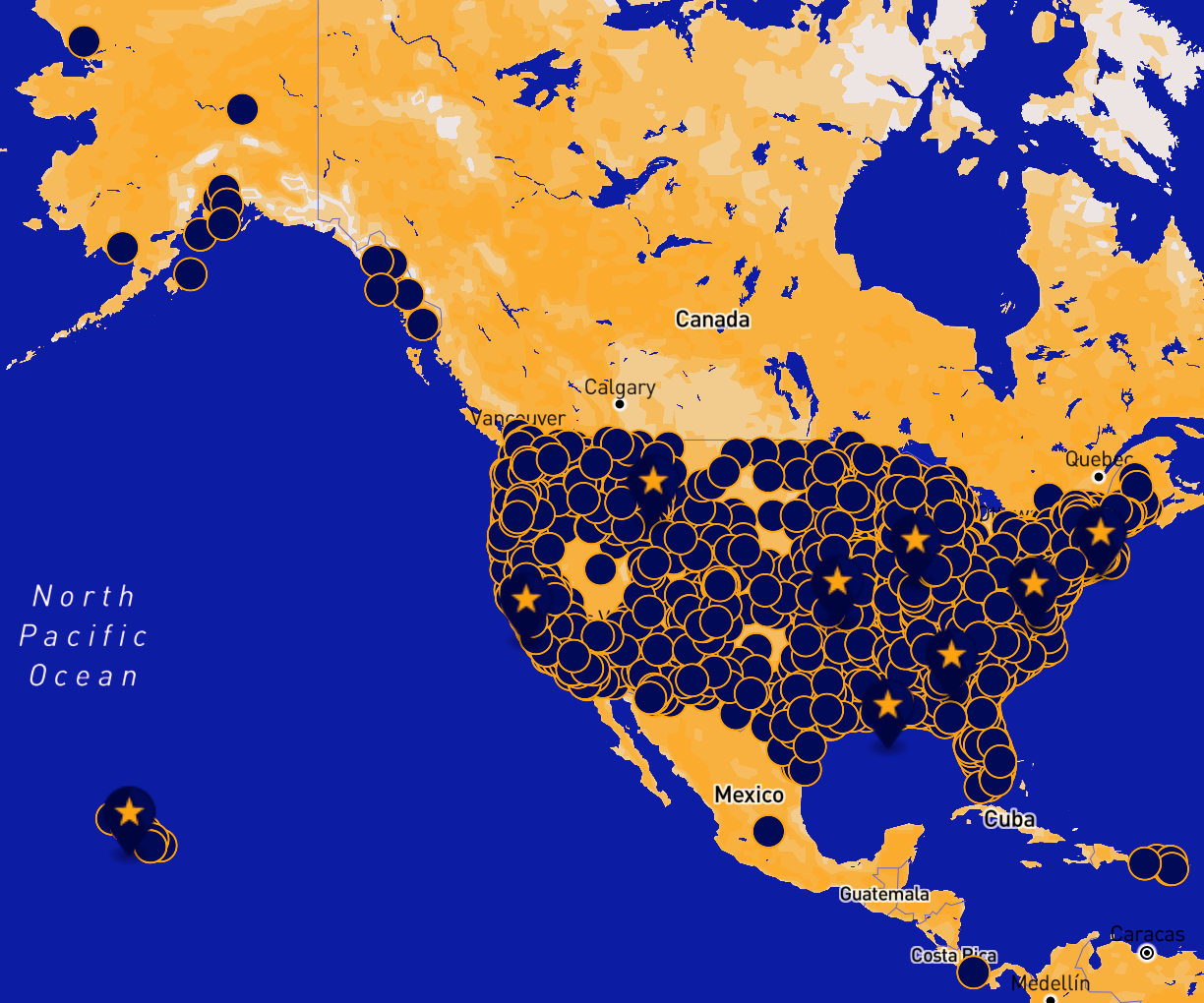
p. p.s. My friend and role model Bill McKibben wrote a piece about related issues, including frogs and the power of humor in protest: https://billmckibben.substack.com/p/ha-its-a-frog
And a great and thrilling documentary film I loved about nonviolent action and its impact is To the End by Rachel Lears, tracing the Sunrise Movement's work from the Green New Deal in 2018 to helping push through the Inflation Reduction Act six years later.
